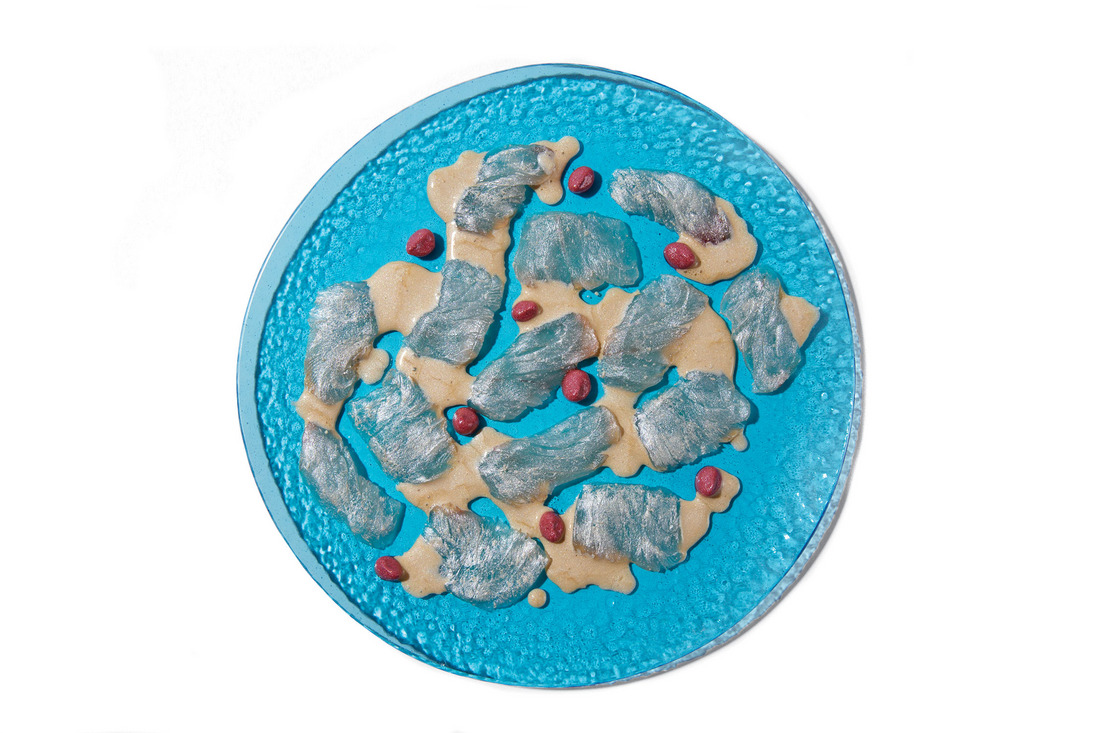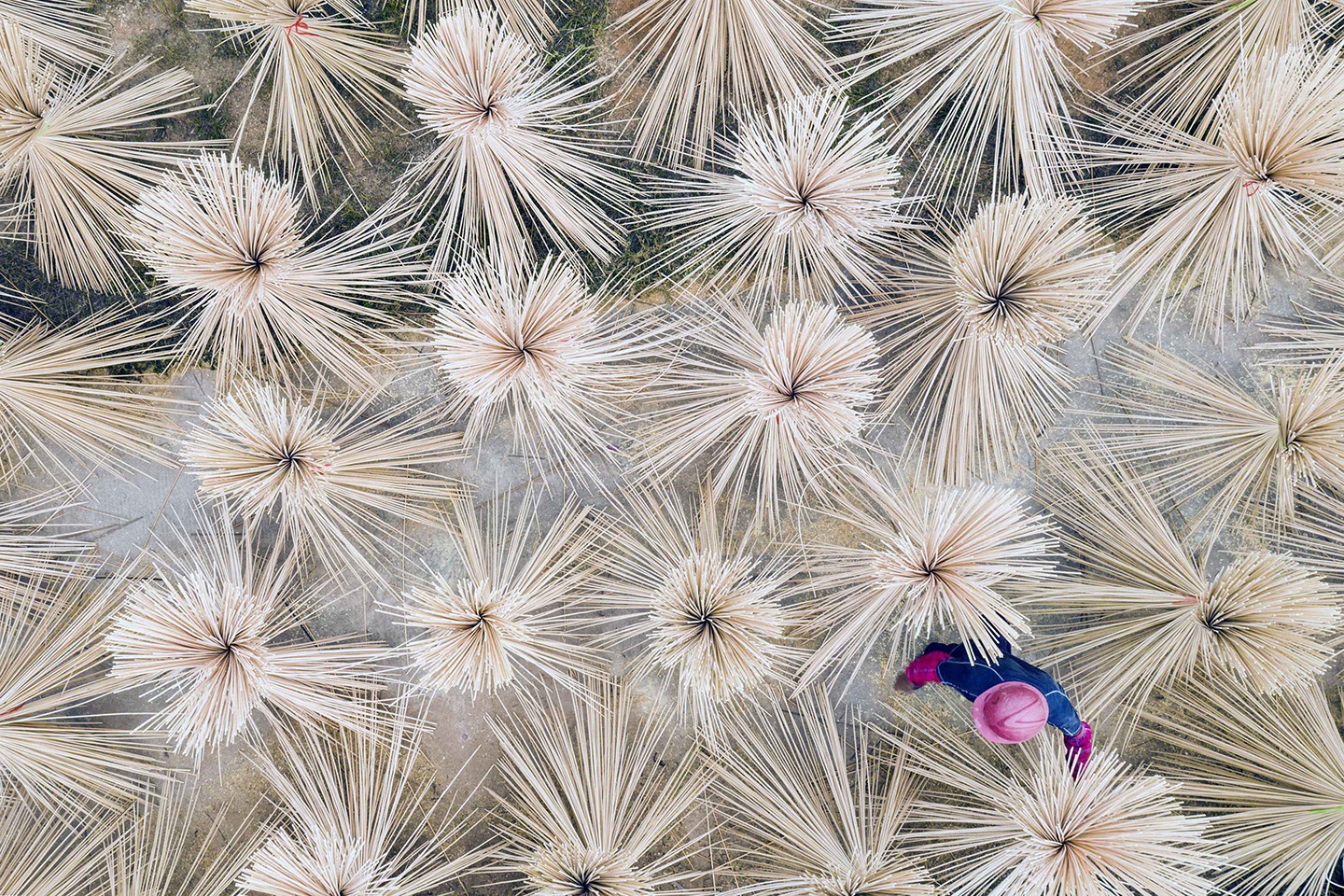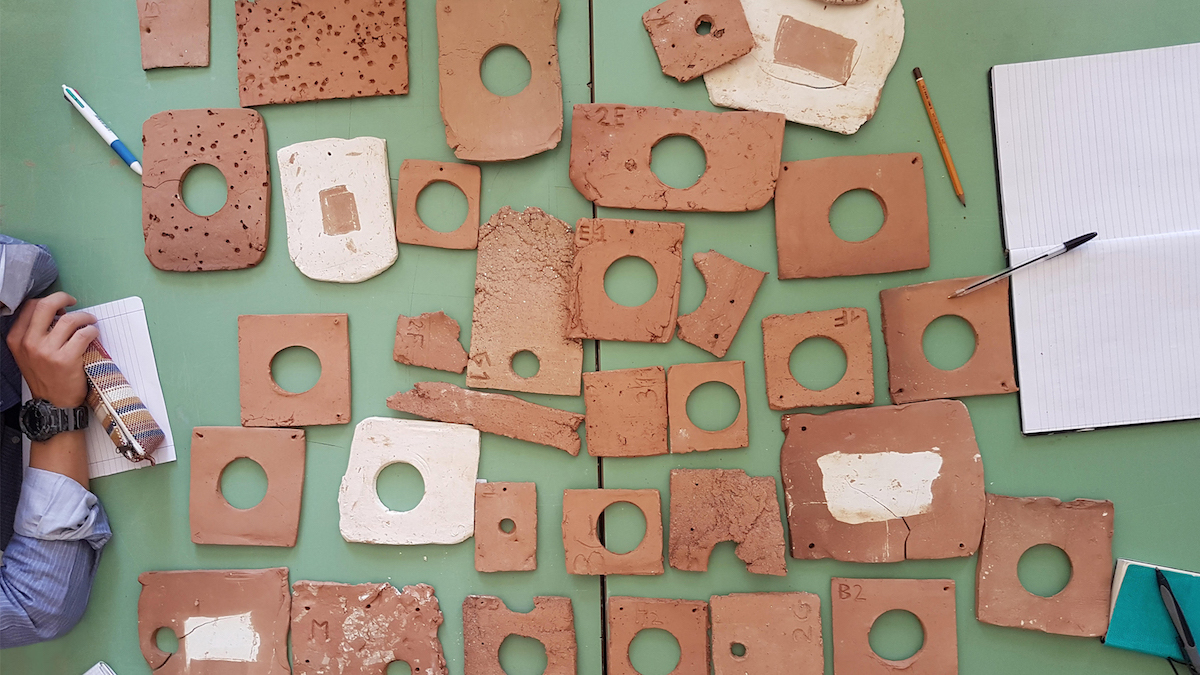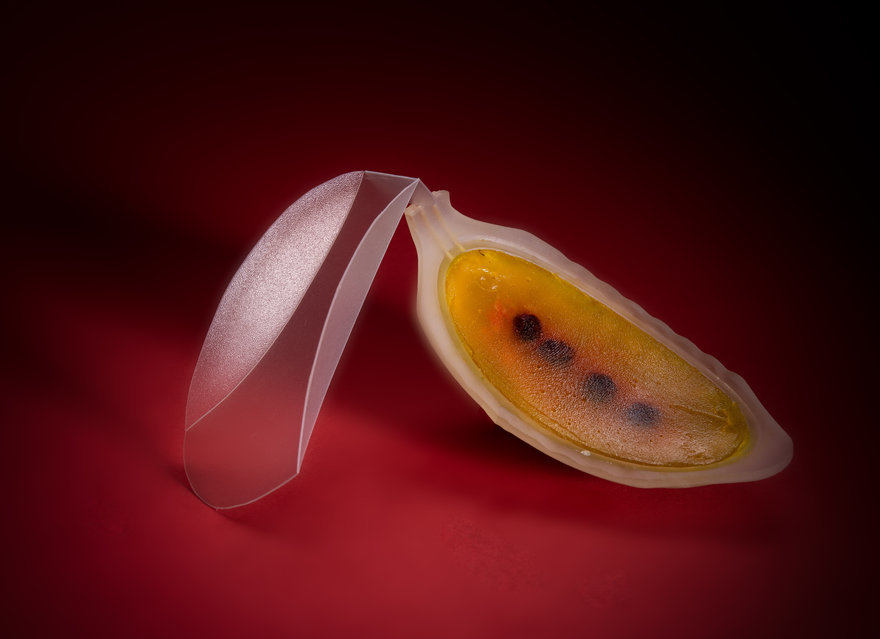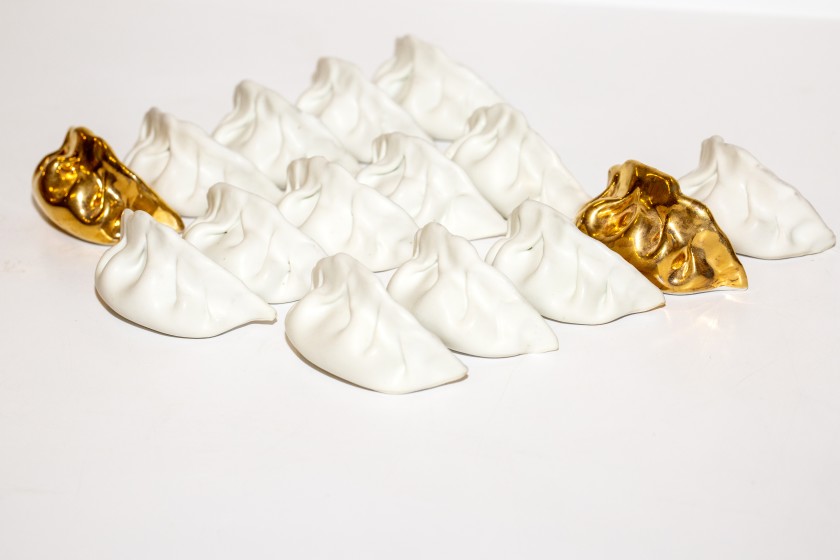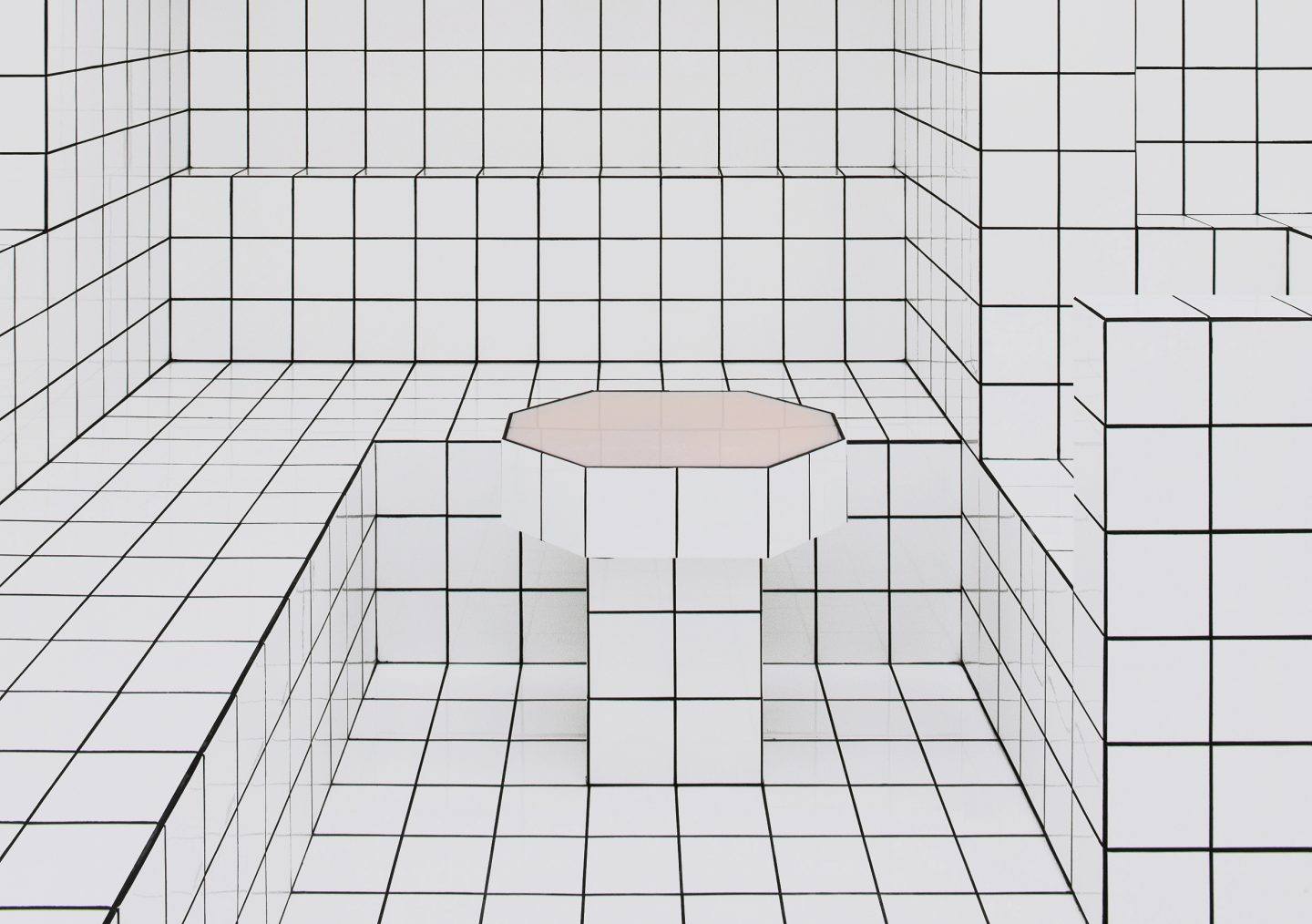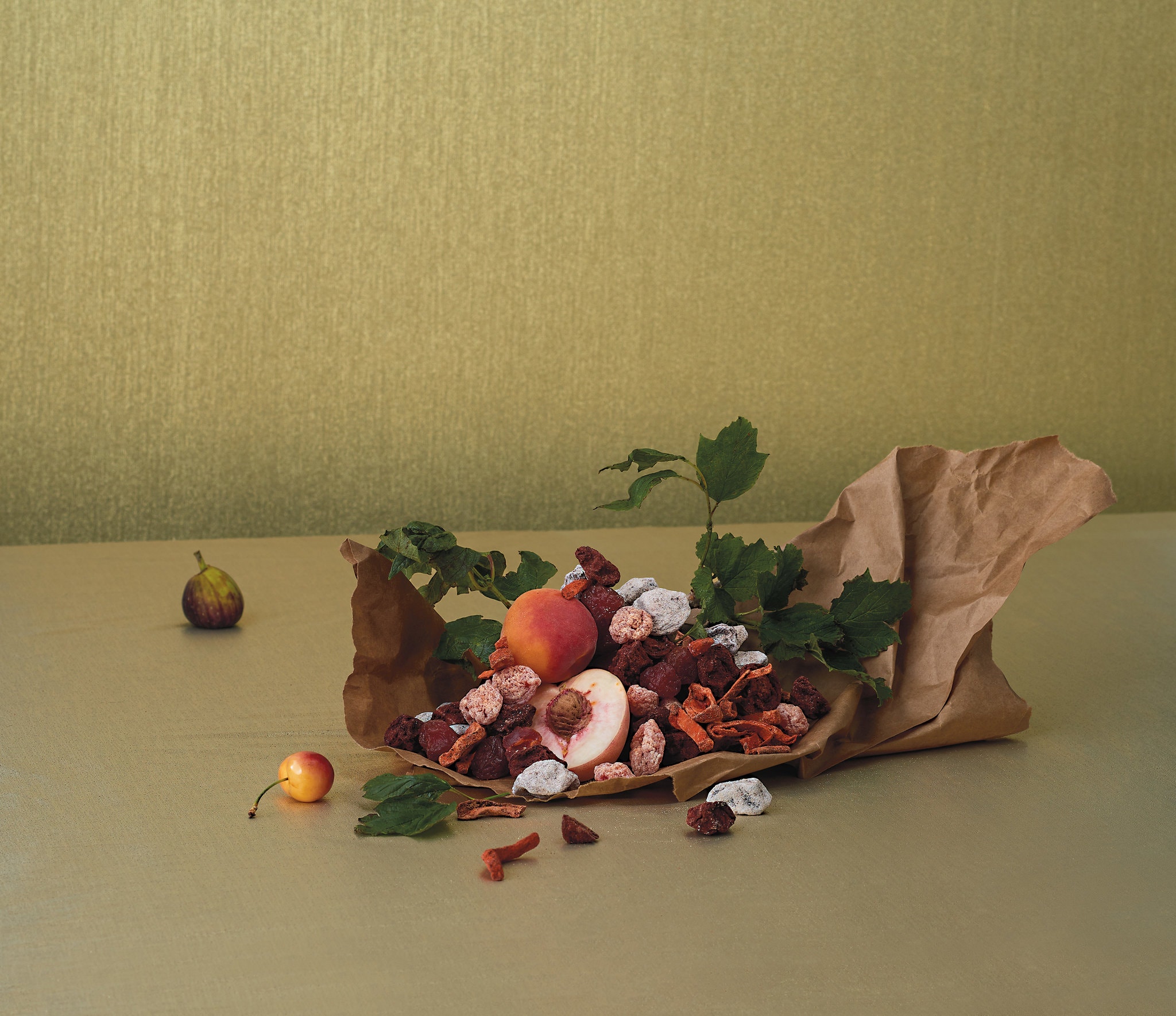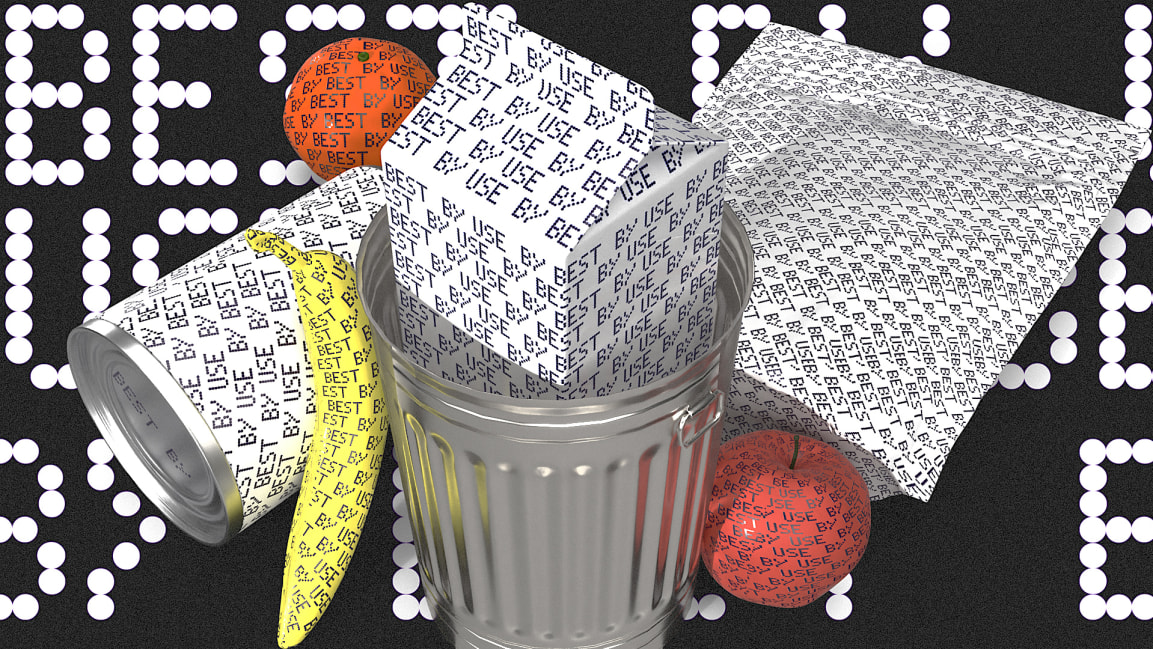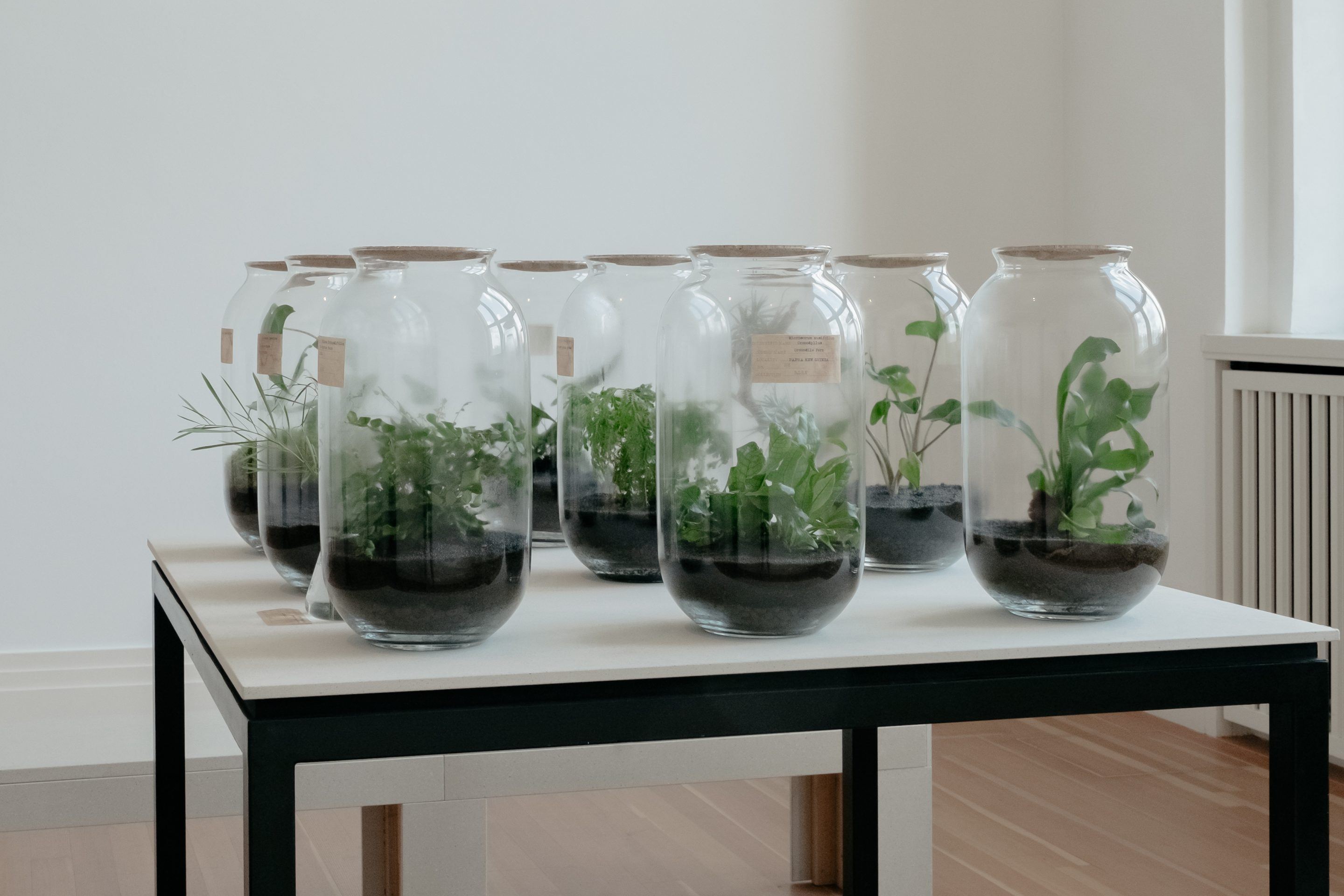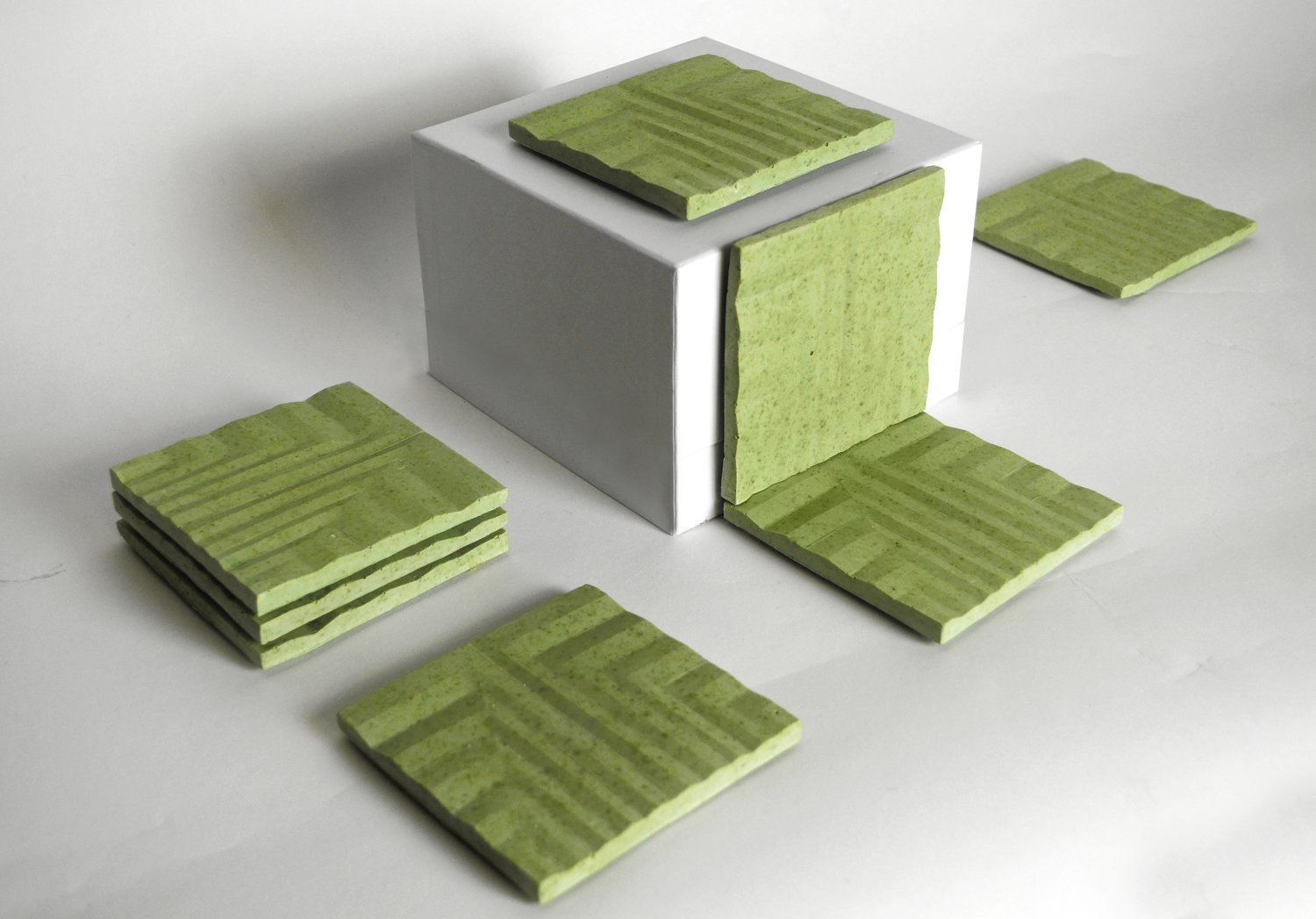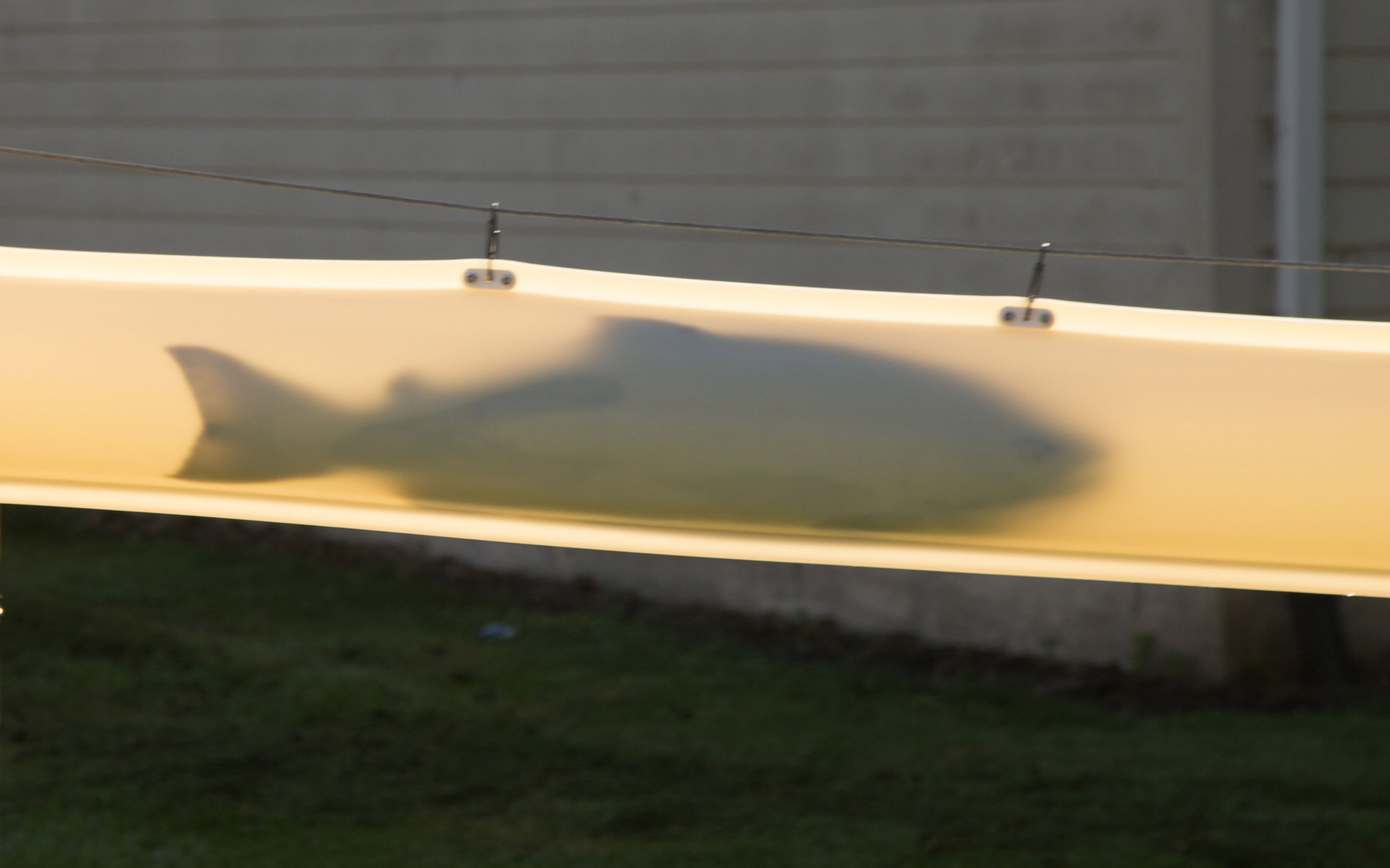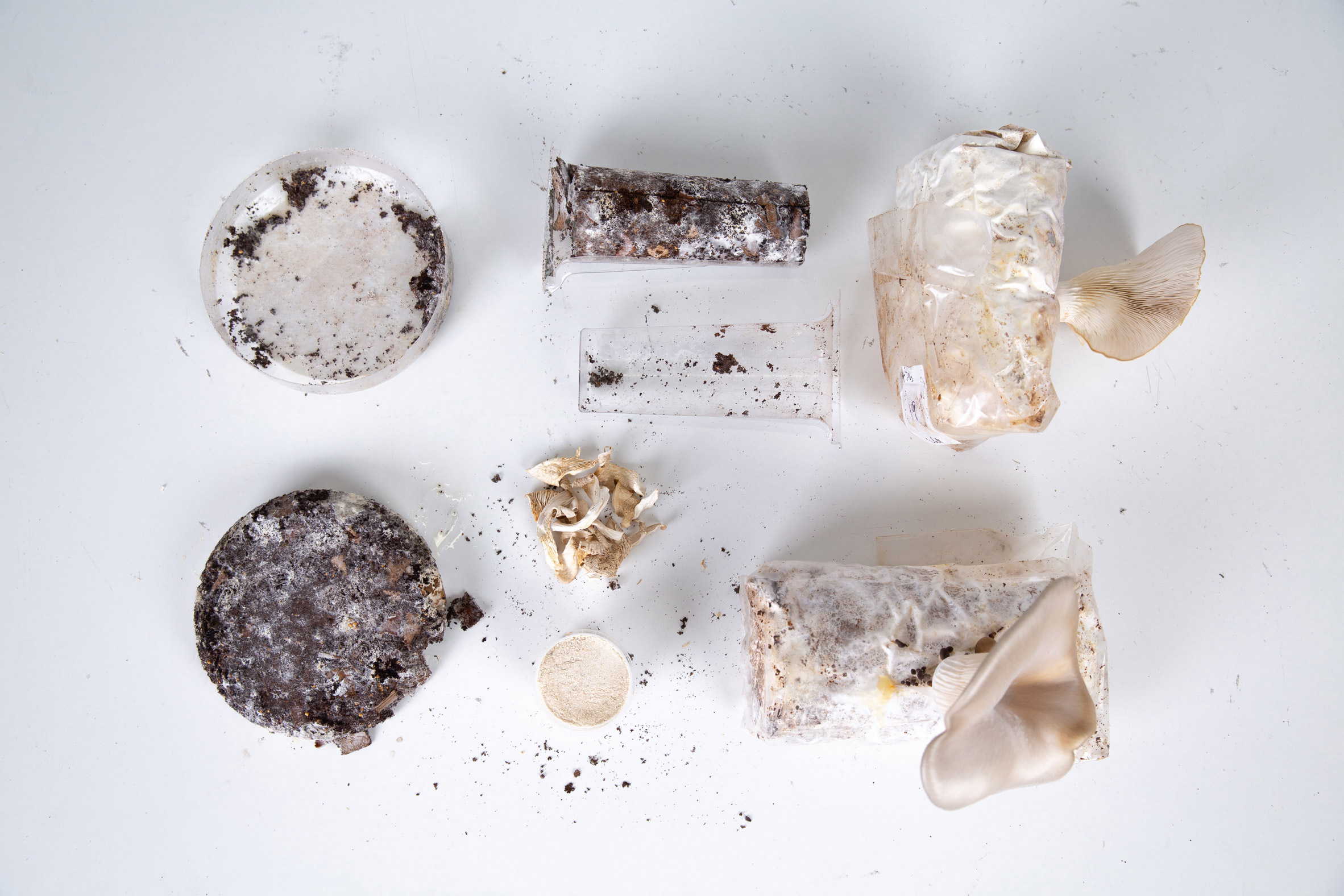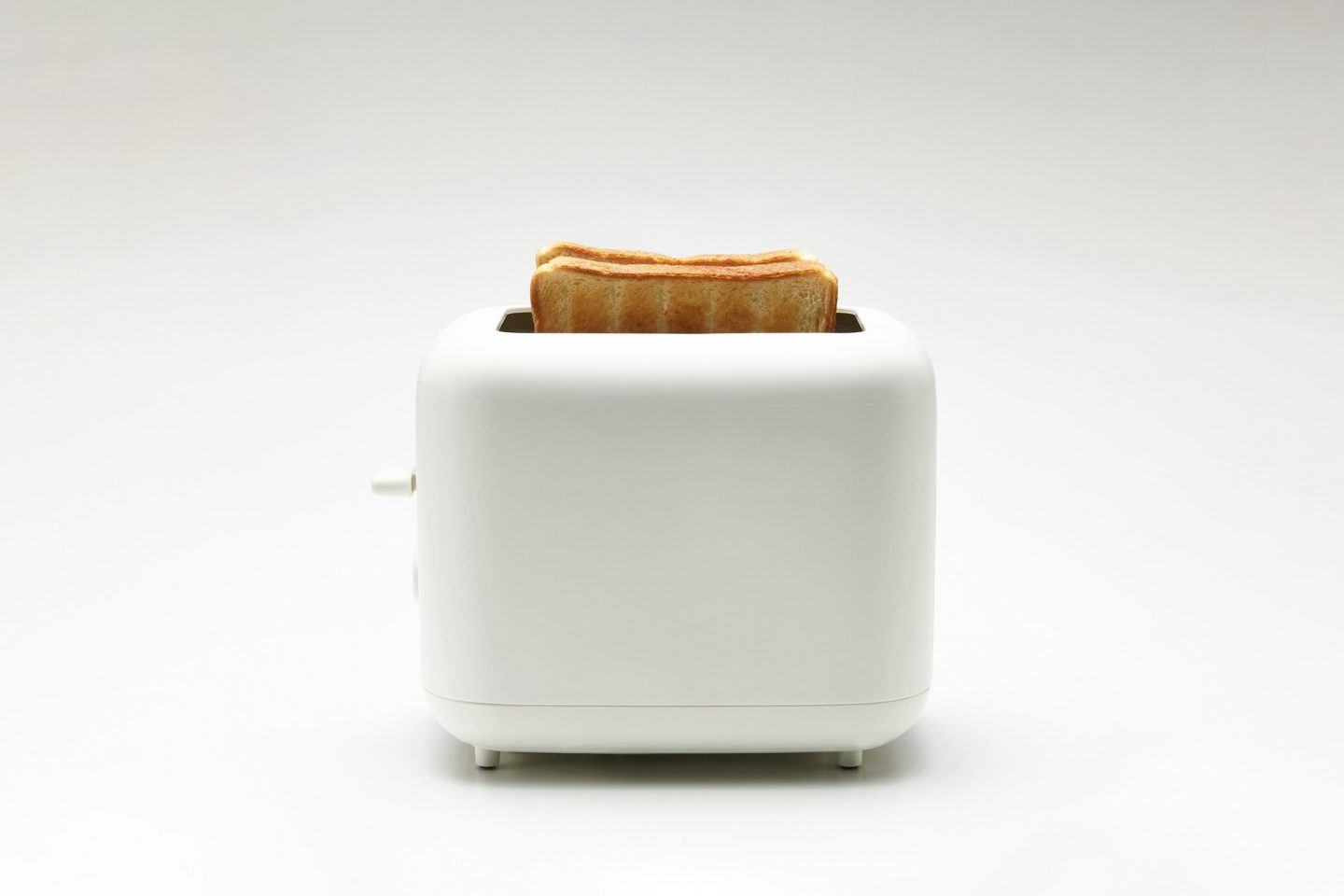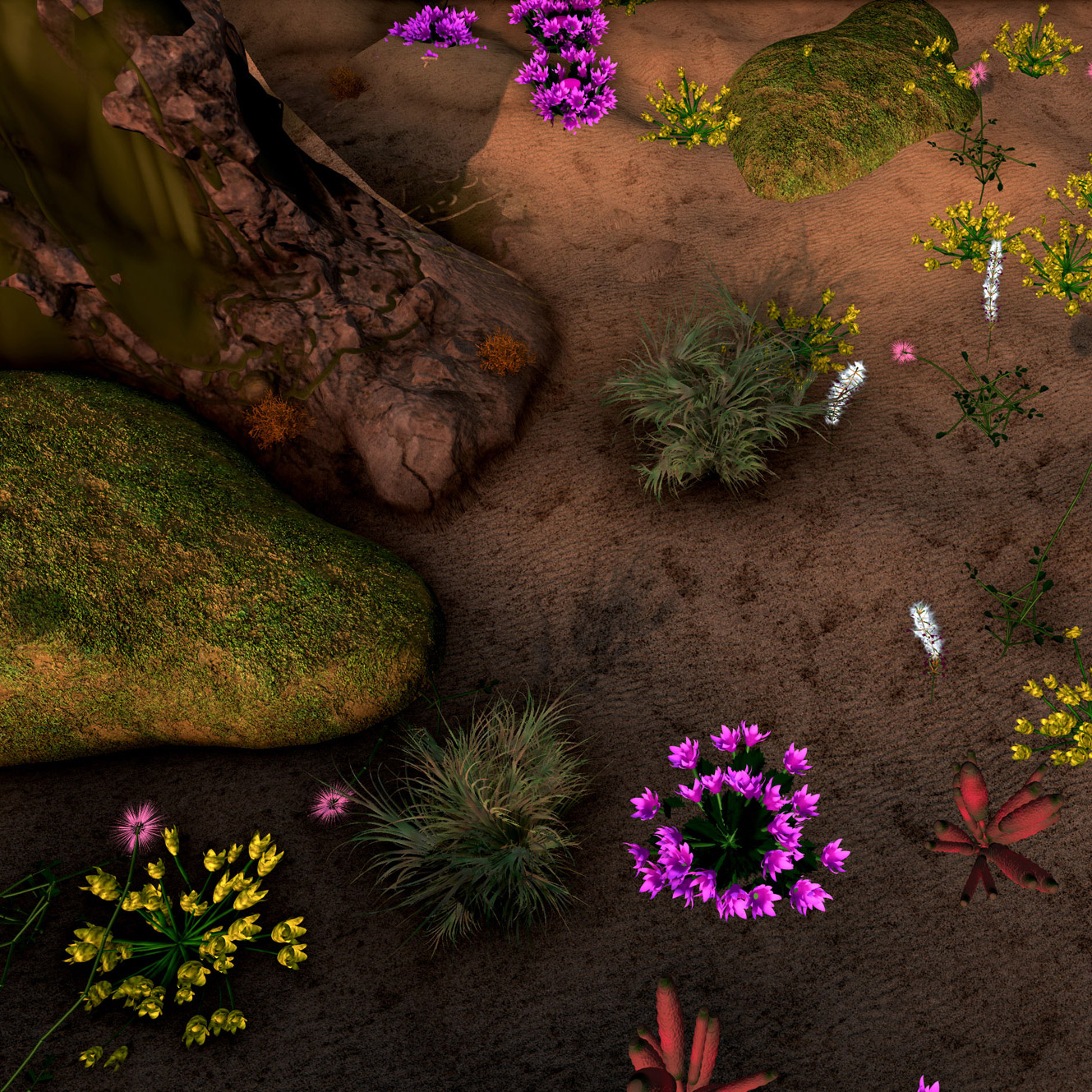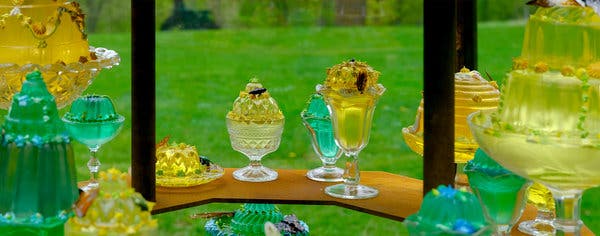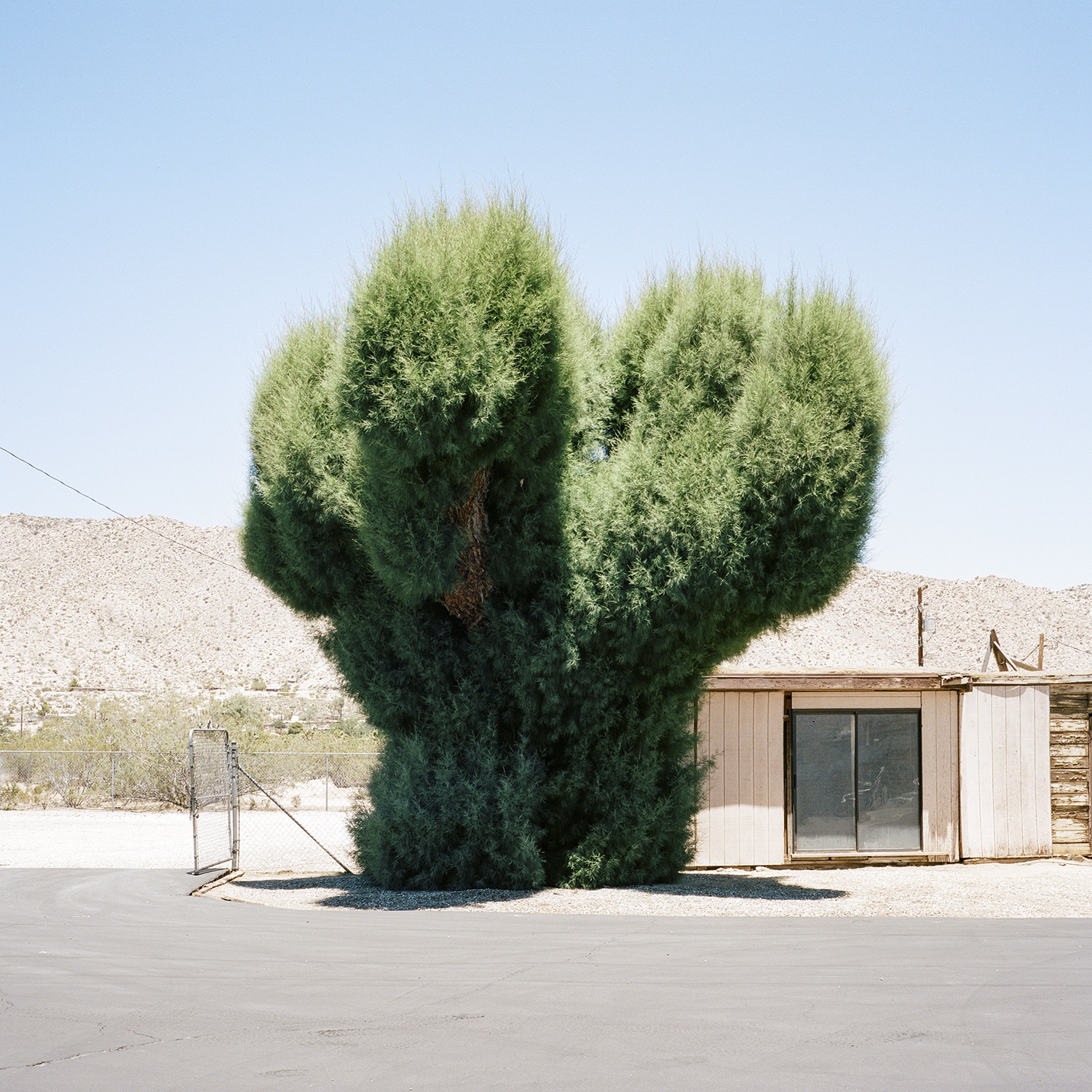Our weekly serving of off-the-menu items – a few popular favorites from the week, as well as a few morsels that may have slipped your notice.

It’s Always Happy Hour Somewhere
Italian architect Carlo Ratti, who we’ve written about for his supermarket of the future and sewer-sweeping robots, has designed an autonomous, robot-run mobile bar. Named Guido, the robotic bar has two mechanical arms that allow it to shake, stir, and serve, producing drinks quickly and efficiently. As the world’s first self-driving bar, Guido is intended to provide new luxury experiences for urban consumers.
The Chinese Space Station has announced that seeds carried by its Chang’e-4 mission have sprouted on the moon. Although plants have been grown in the International Space Station, this is the first time that any biological matter has grown on the moon. Kept inside a self sustained biosphere on board a moon lander, the budding plants hold great significance for the future of long-term space exploration.
When England first encountered Camellia sinensis tea leaves from China in the 17th century, their scarcity made them an expensive and valued luxury product. Scared that their tea might be stolen, wealthy families often kept the leaves in decorative, locked caddies. The decorative boxes have been found in a range of designs, from tropical fruit to period-style cottages.
 Photo by Daniel Krieger for the New York Times.
Photo by Daniel Krieger for the New York Times.
Hospitality with Full Leather Trim
Instead of using more straightforward advertisements, brands are turning to curated experiences to increase sales; this means they try and make you feel emotions that might not lead to an immediate sale, but develop a connection with the brand and are more likely to result in long term sales. Intersect by Lexus is developing a food-based branded experience through a creative hub, combining exhibitions, lectures, a showroom, and a Scandinavian cafe.
Your Plants are Trying to Talk to You
Although plants can’t make sounds audible to the human ear, researchers from Tel Aviv University have found evidence that plants and insects can communicate using a “natural language.” Based on the responsive vibrations of flowers, it’s likely that plants can interpret and respond to acoustic vibrations, allowing them to communicate with potential pollinators like bees.



